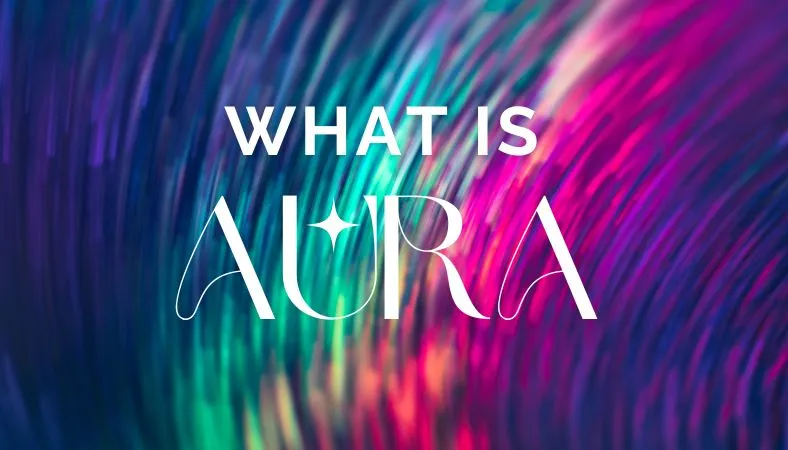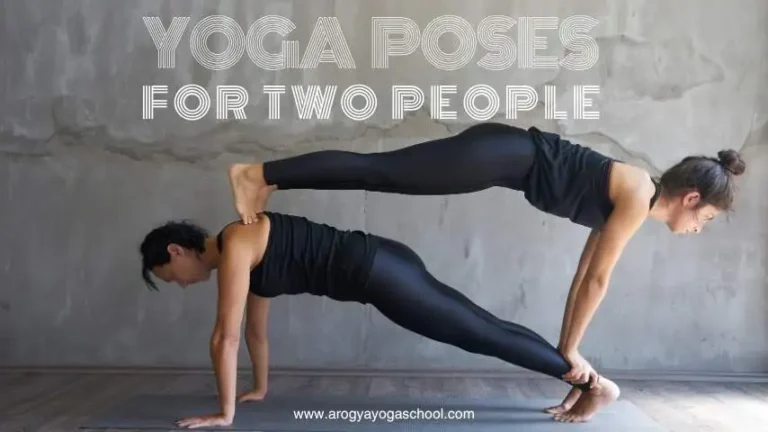
What is an Aura
An aura is described as a colorful, electromagnetic energy field that reflects a person’s emotional, physical, and spiritual state. Each color within the aura is believed to hold specific meanings. For example, red may indicate passion or anger, while blue suggests calm and clarity.
Spiritual Aura
In spiritual and metaphysical contexts, an aura is an invisible energy field. It surrounds a person, animal, or object. People think auras show a person’s emotional, mental, physical, or spiritual state.
People who follow this belief think that auras come in different colors. Each color represents a person’s traits, mood, or health.
A bright yellow aura can show happiness and enthusiasm. In contrast, a deep blue aura suggests tranquility or wisdom. Some people use auras to learn about personality traits and find possible health issues.
The term “human aura” refers to the energy field that surrounds a person. People often connect this idea to spiritual beliefs.
Many people see it as a hidden light or glow. This light shows a person’s physical, emotional, and spiritual state. Many spiritual practices, like Reiki, chakra healing, and aura reading, focus on studying and understanding the energy field.
How To See Auras
How to Read Auras for Beginners. Auras are subtle energy fields around living things.
You can develop this ability with practice and focus. Many people think it is good to connect with their energy and intuition. This belief exists even without scientific proof. This is a basic, beginner-friendly guide to get you started.
1. Prepare Your Environment
Find a calm, quiet place where you aren’t interrupted. Natural light or dim lighting is ideal, since it improves the subtle visual perception. Put yourself or the person you are photographing, like a pet or a plant, against a simple, neutral background. A light or white wall works well to reduce distractions.
2. Relax Your Mind and Body
Relax for a few minutes to clear your mind and get into a state of relaxation. A calm mind can allow for more focus and can help you connect to more subtle energy fields. You can take a few minutes to meditate before you go. This can help improve your focus and clear your mind.
3. Use a Soft Gaze
While observing a subject do not stare at them directly. Instead, you should focus your attention on the area just above the outline of their body, especially close to their shoulders, head or hands. Maintain a relaxed gaze and not focused, as if you’re looking through them instead of directly at them.
4. Watch for Subtle Energy
A possible eerie glowing or hazy appearance surrounds the object. Initially, this might appear white or clear. As you continue to practice, color could be apparent.
Take your time and let it to happen naturally, without pushing it. Take your time and trust what you’re seeing even if it seems tinny or extremely faint.
5. Learn With Your Hands
To test and improve your technique, put your hands in front of you. Keep your palms facing each other. Make sure they are just a few inches apart.
Then slowly move your hands closer, then further apart, keeping your eyes on your hands and the distance between them. Some have reported feeling the sensation of tingling or the faint outline of a color or outline.
6. Experiment and Stay Consistent
Auras aren’t always visible immediately, so you must be sure to practice regularly. Take a few minutes each day looking at people and animals, as well as plants. A dim light and peripheral vision can enhance the way you see.
7. Trust the Process
To see auras, you need an open mind and a willingness to be patient. The more you work at it this, the easier it is to perceive the energy fields surrounding you. Even if you can’t perceive them clearly but the experience itself will increase awareness and understanding.
People With Aura
Many people consider the body aura to be an energy field around the body. Artists often depict it in the form of colored light. Many people believe that each color symbolizes a different emotion or spiritual state.
Auras Around People
- Red aura (Root chakra): Strong energy, passion, or anger
- Orange aura (Sacral chakra): Creativity, sociability
- Yellow aura (Solar Plexus chakra): Joy, optimism, intellect
- Green aura (Heart chakra): Healing, balance, growth
- Blue aura (Throat chakra) : Peace, clarity, communication
- Indigo (Third Eye chakra) : Intuition, insight
- Purple/Violet (Crown chakra) : Intuition, spirituality
Some people say they can see these auras naturally. Others think we can capture them with special imaging, like Kirlian photography.
Are auras real
The existence of auras is contingent on the viewpoint you have. No scientific proof exists that auras exist. Auras are energy fields thought to be part of living things. Visual effects that people observe could be because of mental illusions and optical perception.
But, many traditional spiritual and holistic beliefs consider auras to be reflections of physical, emotional and spiritual states. Practitioners say they can see or sense these energies, and employ them in healing practices.
is aura a real thing- While science has not confirmed them, many people still believe in auras. This idea is important in meditation, energy healing, and spiritual growth. The truth is that the belief in auras is an individual decision and is subjective.
People Who Can See Auras
Aura perception is often seen as a natural ability. Some people have it from childhood. Others may develop it through meditation, spiritual practices, or energy work.
Most aura readers say they don’t “see” auras with their eyes. Instead, they perceive them through intuition or inner vision.
Many people use their skills to offer holistic therapies. These include Reiki healing, chakra healing, and psychic readings. They help others understand emotional issues or blocks.
People dispute the validity and accuracy of aura readings. People who believe in it find great benefits. However, the mainstream scientific community thinks these benefits come from vision or personal interpretation.
People who see auras often think of it as a gift or talent. They use it to better understand a person’s inner world. The experiences they have had are still a big part of the spiritual and metaphysical communities worldwide.





